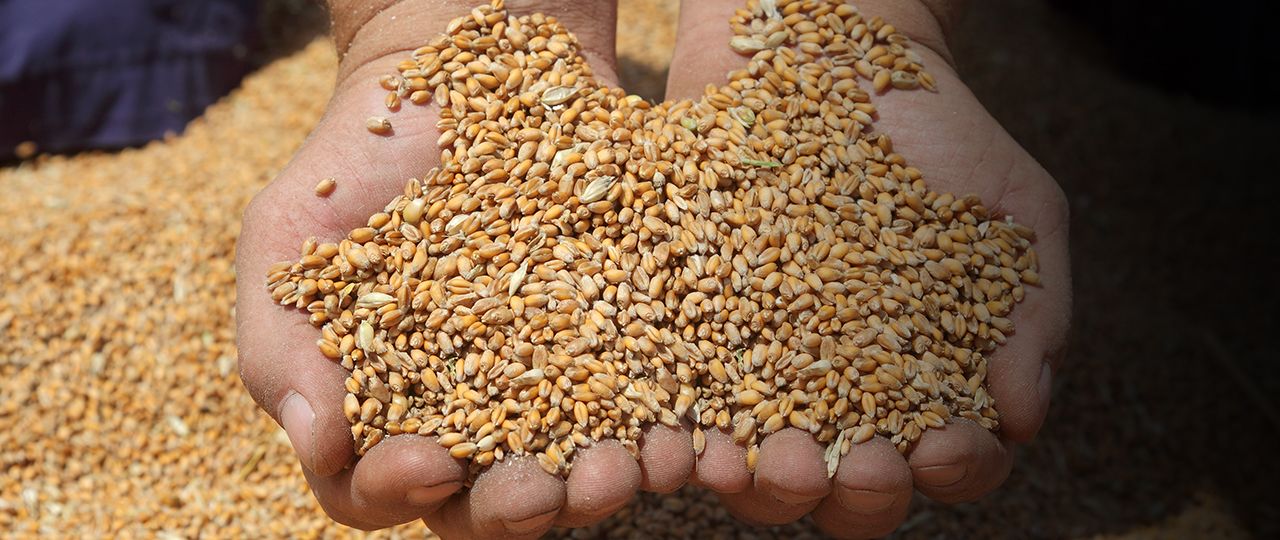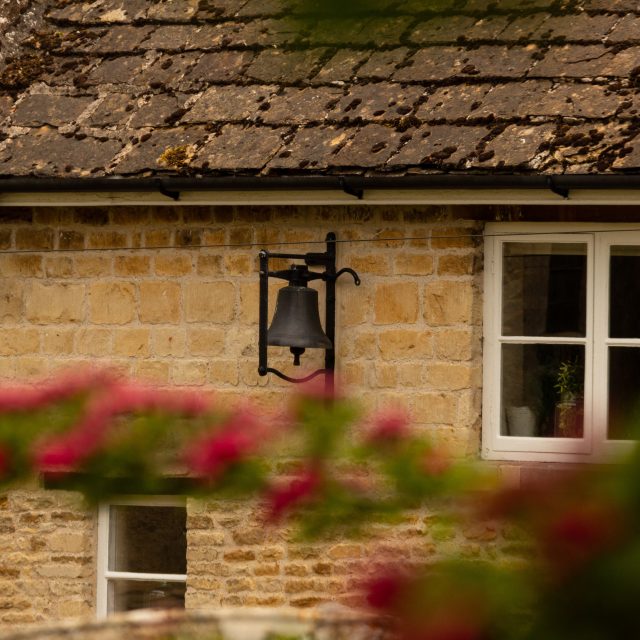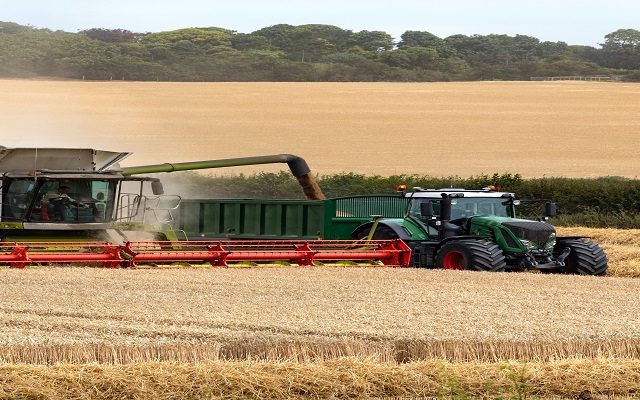Tax tribunal rules specialist grain store eligible for capital allowances
A recent decision by the First-tier Tribunal Tax Chamber could mean a greater range of grain storage facilities and equipment qualify for capital allowances than in the past.
The Structures and Buildings Allowance was introduced in October 2018, but until then tax relief has not generally been available on structures and buildings, with capital allowances restricted to plant and machinery within a building.
However, grain “silos provided for temporary storage” have been regarded as plant for the purposes of capital allowances based on case law stemming from the 1970s (Schofield (Inspector of Taxes) v R & H Hall Ltd)).
The case of May v HMRC (2019) arose after an arable farmer built a facility to dry and store his grain and claimed plant and machinery allowances for the whole cost, claiming it should be classed as a ‘horizontal’ silo.
The silo’s purpose was to store, dry and maintain grain. While it looked like an ordinary barn, it was fitted with equipment to reduce the grain’s moisture content, including a large wall fan and very thick walls (210mm compared with 100 – 150mm in an ordinary grain store). The silo could not be used for any other purpose and cost about twice as much as a barn of the same size.
HMRC argued that while the ventilation equipment in the facility qualified as plant and machinery, the structure of the facility itself was first and foremost a ‘building’ and as such expenditure on the building of the structure was ineligible.
However, the tribunal concluded that the moveable drying equipment would not function effectively without the specialist design of the grain store and vice versa.
Therefore, they “together constitute the apparatus” to successfully dry and store grain, and so should be considered to be plant and machinery and thus qualify for capital allowances under the Capital Allowance Act 2001.
The ruling makes it clear that in coming to this conclusion it was important that the structure of the building itself was integral to its successful performance.
It was also noted that the function of the buildings was not just to dry the grain, but to keep it conditioned until it was sold through a continuing process of aeration.
The tribunal accepted the facility had been constructed on the basis that grain would be kept for nine to 10 months at most, so accepted the temporary storage nature of the structure.
The tribunal concluded:
“If the structure of the building had been designed differently, the facility would not work. The features of the building that are essential to the successful performance of its function include the height at which the roof is pitched, the power floated concrete floor, the thicker than normal concrete walls and the air inlet and exhaust fan located on the walls. These specific features led to the construction costs being considerably higher, as well as making the building unsuitable for other uses.”
The case is significant as it means that the whole facility is eligible for capital allowances, much more than the 20% that HMRC originally allowed, although it has always been possible to claim capital allowances on the actual equipment (fans, conveyors etc) and functioning items (moveable partitions etc).
Farmers Weekly has reported that HMRC will not appeal the decision, so we recommend anyone who has erected a specialist grain store to consider reviewing the allowances they can claim.
The case could also apply to other types of specialist facilities such as cold stores, where the design of the building is integral to its operation. It will not apply to general purpose buildings.
Please contact Jonathan Smith, our Director of Tax, if you would like to discuss this or other tax matters.






